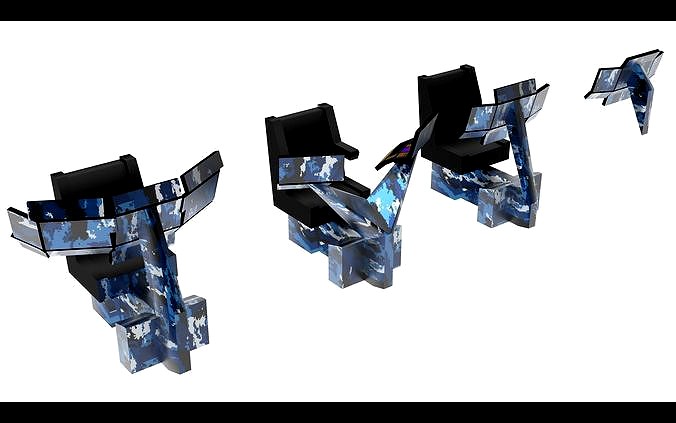CG Trader

Submarine Command System
by CG Trader
Last crawled date: 3 years, 2 months ago
SMCS, the Submarine Command System, was first created for the Royal Navy of the United Kingdom's Vanguard-class submarines as a tactical information system and a torpedo weapon control system. Versions have now also been installed on all active Royal Navy submarine classes.
With the decision in 1983 to build a new class of submarine to carry the Trident missile system, the UK Ministry of Defence (MoD) ran an open competition for the command system. Up to that point all Royal Navy (RN) ships and submarines had command systems built by Ferranti using custom-built electronics and specialised proprietary processors. In a departure from previous practice, which had favoured 'preferred contractor' policies, the competition was won by a new company called Gresham-CAP, leading a consortium of Gresham-Lion (now part of Ultra Electronics plc) and CAP Scientific. The consortium proposed a novel distributed processing system based on commercial off-the-shelf (COTS) processors, with a modular software architecture largely written in the Ada programming language. Each set of Initial Phase SMCS equipment has multiple computer nodes. At the centre of the system there is an Input/Output Node (which provides interfaces to weapons and sensors) and a Central Services Node (which holds fast numeric processors). Each central node is duplicated to create a fault-tolerant system which is dual modular redundant. The Human-Computer Interface is provided by Multi Function Consoles and some additional terminals. The dual redundant central nodes are linked to each other and to the consoles via a dual redundant fibre optic LAN. In the Initial Phase equipment fitted to the Vanguard-class submarines most processing is done by Intel 80386 single-board computers, each with its own Ada run-time environment. CAP Scientific created a complex layer of middleware to link the many processors together. At its time SMCS was the largest Ada project so far seen. As a pioneering user of Ada, the SMCS project encountered many teething problems with the large-scale use of Ada compilers, Ada development tools, and the special characteristics of the early dialect of the Ada programming language, later known as Ada 83. submarine watercraft naval underwater navy sea ocean command vessel boat class nuclear attack ridge ballistic dugout conquer military military watercraft
With the decision in 1983 to build a new class of submarine to carry the Trident missile system, the UK Ministry of Defence (MoD) ran an open competition for the command system. Up to that point all Royal Navy (RN) ships and submarines had command systems built by Ferranti using custom-built electronics and specialised proprietary processors. In a departure from previous practice, which had favoured 'preferred contractor' policies, the competition was won by a new company called Gresham-CAP, leading a consortium of Gresham-Lion (now part of Ultra Electronics plc) and CAP Scientific. The consortium proposed a novel distributed processing system based on commercial off-the-shelf (COTS) processors, with a modular software architecture largely written in the Ada programming language. Each set of Initial Phase SMCS equipment has multiple computer nodes. At the centre of the system there is an Input/Output Node (which provides interfaces to weapons and sensors) and a Central Services Node (which holds fast numeric processors). Each central node is duplicated to create a fault-tolerant system which is dual modular redundant. The Human-Computer Interface is provided by Multi Function Consoles and some additional terminals. The dual redundant central nodes are linked to each other and to the consoles via a dual redundant fibre optic LAN. In the Initial Phase equipment fitted to the Vanguard-class submarines most processing is done by Intel 80386 single-board computers, each with its own Ada run-time environment. CAP Scientific created a complex layer of middleware to link the many processors together. At its time SMCS was the largest Ada project so far seen. As a pioneering user of Ada, the SMCS project encountered many teething problems with the large-scale use of Ada compilers, Ada development tools, and the special characteristics of the early dialect of the Ada programming language, later known as Ada 83. submarine watercraft naval underwater navy sea ocean command vessel boat class nuclear attack ridge ballistic dugout conquer military military watercraft
